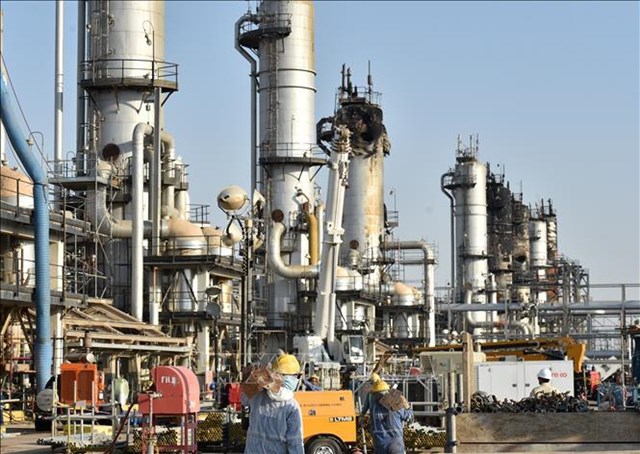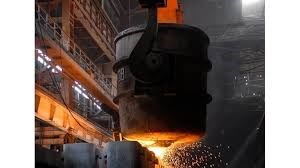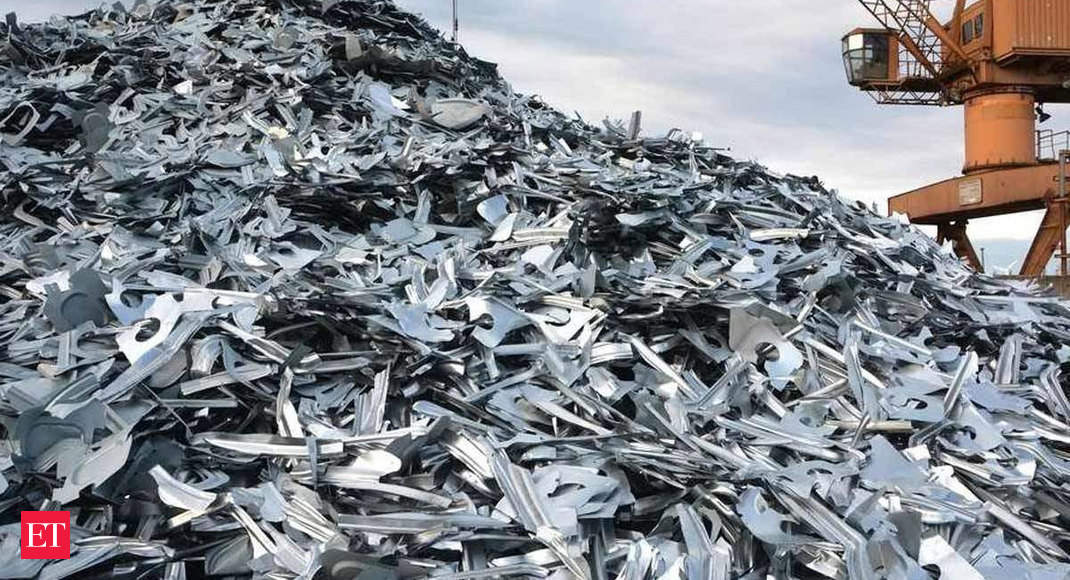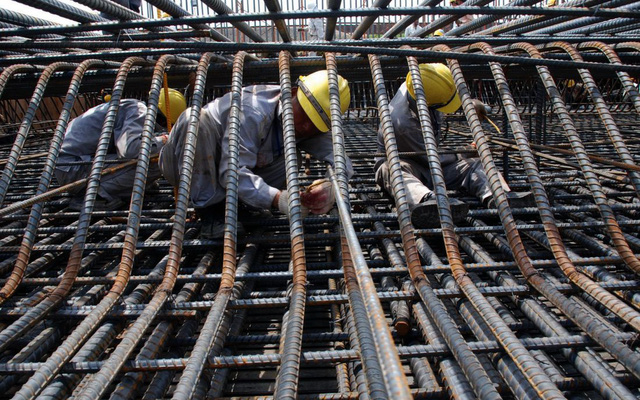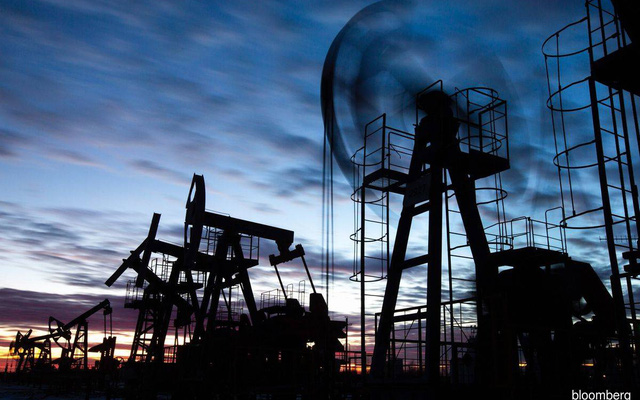Widely used in the transportation and packaging industries, aluminum prices have recently surged as a result of soaring global demand, as the world economy recovers, amid rising transportation costs and constrained supply. difficult, especially from China.
Aluminum prices traded on the Shanghai Exchange now hit a 13-year high, boosted by supply concerns in China and optimism that demand for the metal will increase after the chairman. The US Federal Reserve, Jerome Powell, is dovish when it comes to the future of US monetary policy.
October aluminum contract – the most traded – on the Shanghai Exchange on August 30 session reached 21,550 yuan ($3,332.41)/ton, the highest since August 1, 2008. Since the beginning of the year, aluminum prices in Shanghai have increased by over 36%.
In the West, the aluminum market has also recently heated up. In the middle of August 2021, the 3-month aluminum futures price on the London floor (reference contract) reached 22,642 USD/ton, the most since April 2018. At the end of August 2021, aluminum prices decreased slightly, but remained at about $2,570/ton. Since the beginning of the year, aluminum prices on the London floor have increased by nearly 30%.
Consumers who buy aluminum spot on the physical market have to pay higher prices than the reference contract on the London Exchange (LME) plus shipping, taxes and handling/handling fees. The plus price of aluminum in Europe and the US (compared to the reference price in LME) are currently at record highs, at $360/ton and $760/ton, respectively.
Russia has imposed a 15% tax, equivalent to a minimum of $254 per tonne, on aluminum exports from August to December this year.
Aluminum prices in China increased mainly due to policies to limit output to clean the air. Meanwhile, Western aluminum prices rose as the US imposed sanctions on Rusal.
Rusal is Russia’s sole aluminum producer, accounting for 6% of the estimated global supply – estimated at 65 million tonnes in 2020. Russia imposes export duties on aluminum, as well as a number of other commodities, to prevent price inflation. in the country is increasing.
It is reported that Russia may impose a permanent tax on aluminum exports after approval by President Vladimir Putin and the country’s Economy Minister, although it is expected that the tax rate could be significantly lower than the current level. is applying.
Notably, Chinese policymakers have stopped considering and approving proposals for new energy-intensive projects without government support in Yunnan, Guangxi and Xinjiang provinces. Cuong – are both major aluminum producing areas of the country, after energy consumption increased sharply in the first six months of this year.
These provinces, with the advantage of low electricity prices because of many hydroelectric plants, have emerged as China’s primary aluminum production centers. However, their smelters recently faced challenges after authorities asked them to reduce their electricity usage since May amid limited power supplies.
Huatai Futures said: “Electrolytic aluminum output (in China) continued to decline in July. Power consumption reduction policies in different regions continue to put pressure on aluminum supply.”
The operating rate of primary aluminum smelters in Yunnan in July was only 75.4%, down 19.7% from a year earlier. Smelters in Guangxi and Guizhou were also asked to reduce their electrical loads due to shortages.
The electricity crisis in China has really affected the country’s huge aluminum industry. The country is seeing unprecedented electricity demand this summer, leading to grid overload and frequent blackouts.
China’s aluminum industry is one of the most power-consuming industries, so it is often called the “power-hungry tiger”. Soaring electricity consumption and scarcity of power supply are expected to limit primary aluminum production in 2021, signaling that aluminum prices in the country will continue to rise further in the near future.
As electricity use grows and supplies tighten, some provinces and regions in China have ordered local electricity users to exercise caution.
Some sources said aluminum producers had to reduce capacity and halt some projects until the power shortage eases. The operating capacity of these companies is also likely to be further limited if power supply constraints continue.
New capacity primary aluminum production projects in Yunnan, Guizhou and Guangxi provinces are expected to come into operation later than planned due to power shortages. Aluminum smelters in Inner Mongolia are also under pressure as their new capacity is less likely to come online amid state demands to reduce high energy consumption targets.
Meanwhile, downstream aluminum demand is still growing steadily from the sectors: Construction, packaging, export, and is expected to continue to increase in the coming months.
According to the latest data from China’s National Energy Administration, the country’s electricity consumption in July increased 12.8% from a year earlier, to 775.8 billion KWh, of which the industrial sector accounting for 65.3% of total electricity consumption. Compared to June this year, electricity consumption in July was also 10.3% higher.
Meanwhile, China’s primary aluminum output will reach 37.08 million tons in 2020. According to calculations by S&P Global Platts, to produce that output, aluminum factories must use a total of 500.6 billion tons. KWh of electricity, based on the calculation that production per million tons of primary aluminum requires 13,500 KWh.
The fact that aluminum prices remained at a record high for a long time forced the China Nonferrous Metals Industry Association (CNIA) on August 30 to hold a meeting with the country’s leading aluminum smelters. to solve the problem of “unreasonable increase” in aluminum prices, as the Chinese authorities say.
Ten companies participated in CNIA’s virtual meeting, including state-owned Aluminum Corp of China Ltd, or Chalco, and leading private-sector manufacturer China Hongqiao Group. The participants agreed that there was “no obvious gap” between supply and demand during the season when aluminum prices typically fall (third quarter) and that they would try to address the issue of rising costs by improving efficiency.
“Companies will continue to secure supply and stabilize market sentiment,” CNIA said.
Aluminum price outlook
According to technical analysis, the price of aluminum on the LME this week may continue to increase, reaching $2,581/ton. In case the price does not increase anymore but decreases, the lower threshold will be 2,495 to 2,536 USD/ton.
 |
| Đồ thị phân tích triển vọng giá nhôm |
In the medium term, it is forecast that the world aluminum market will have a large division. While aluminum prices in China will continue to rise, at least for the next few months, Western consumers are turning to stockpiles. When the deadlines for imposing tariffs on aluminum exports end, it is forecast that the US aluminum price plus will gradually decrease, possibly down to 570 USD/ton by the end of 2022.
Source: VITIC / Reuters
T&G International Joint Stock Company
Address: 352 Hue Street, Le Dai Hanh Ward, Hai Ba Trung District, Hanoi
Hotline: 0345786803
Email: hrm@tginterjsc.com
Website: http://tginternationaljsc.com



